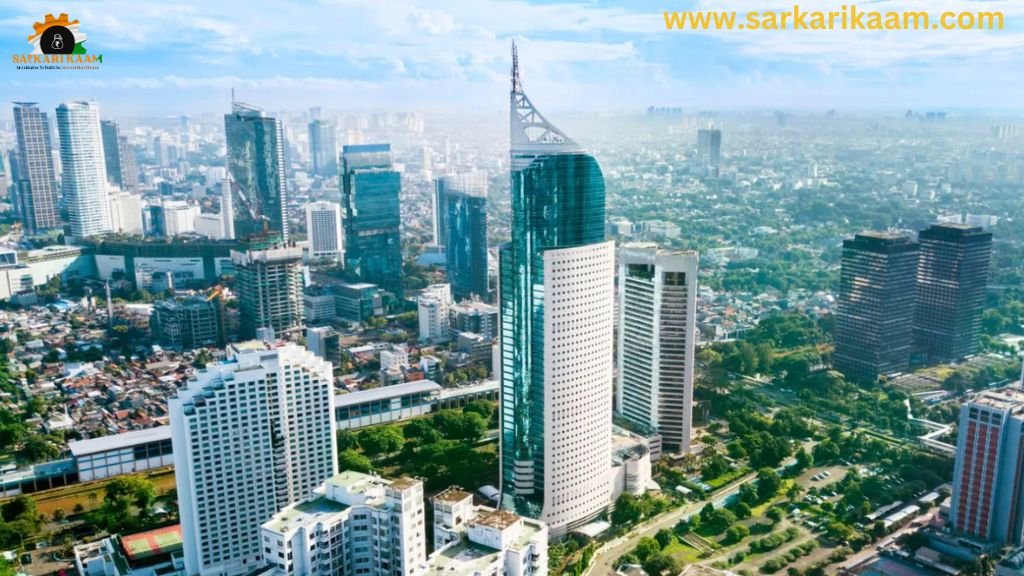
India has given the green light to a bold new chapter in its industrial story with a ₹28,602 crore commitment to develop twelve smart industrial cities under the National Industrial Corridor Development Programme. Strategically strung like pearls along the Golden Quadrilateral, these futuristic hubs will combine plug-and-play utilities, ICT-enabled systems, reliable power and water, and sustainable waste-management—all designed to cut logistics costs, accelerate factory setups, and attract global investment.
From Khurpia in Uttarakhand, where advanced automotive fabrication will take shape, to Rajpura-Patiala in Punjab, set to become a nexus for electronics and textiles, each city has been mapped to leverage local strengths. Uttar Pradesh will host facilities in Agra and Prayagraj for electric vehicles, garments and bicycle manufacturing, while Gaya in Bihar will focus on agri-products and furniture.
Maharashtra’s Dighi Port area will support pharmaceuticals and chemicals, Kerala’s Palakkad hub will nurture high-tech and botanical industries, and Telangana’s Zaheerabad cluster will specialize in transport equipment. In Andhra Pradesh, the Orvakal–Kopparthy belt and Rajasthan’s Jodhpur–Pali zone will bolster construction materials, medical devices, aerospace and defence production.
Beyond sheer scale, these cities embody a “walk-to-work” ethos, marrying industrial zones with livable urban amenities. Seamless connectivity via highways, dedicated freight corridors, rail links, ports and airports will tie factories directly to markets, slashing lead times and driving efficiency. Single-window clearances and alignment with the PM Gati Shakti framework ensure that land acquisition, regulatory approvals and last-mile connectivity happen in sync, smoothing the path for domestic and foreign investors alike.
Officials estimate that the network will draw in over ₹1.5 lakh crore of private capital and generate one million direct jobs alongside three million indirect roles. By steering industry toward underdeveloped regions, the programme promises more balanced growth, reviving local economies and curbing the rural-to-urban migration that has strained India’s megacities. At the same time, it advances India’s ambition to double its manufacturing output and become a $2-trillion export economy by 2030.
With land parcels secured and foundational trunk infrastructure already laid, construction is slated to begin soon. In the coming months, investors will see ready-to-allot factory plots and pre-built utility corridors, allowing companies to focus on machinery and manpower rather than red tape. As these smart industrial cities rise, they will not only power India’s next wave of economic growth but also set a new global standard for sustainable, inclusive manufacturing.


